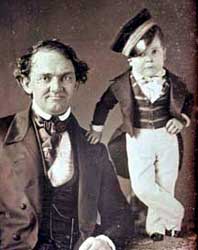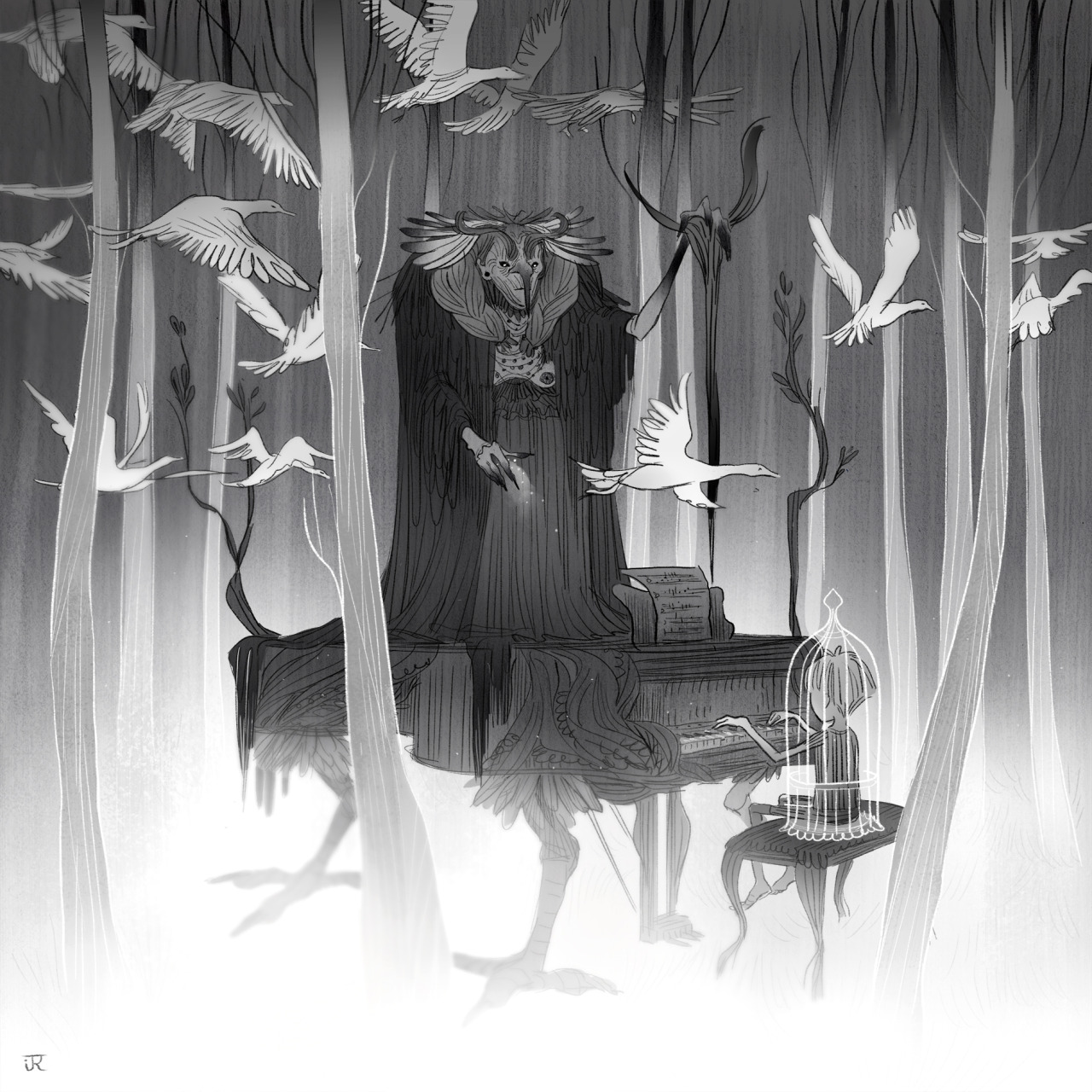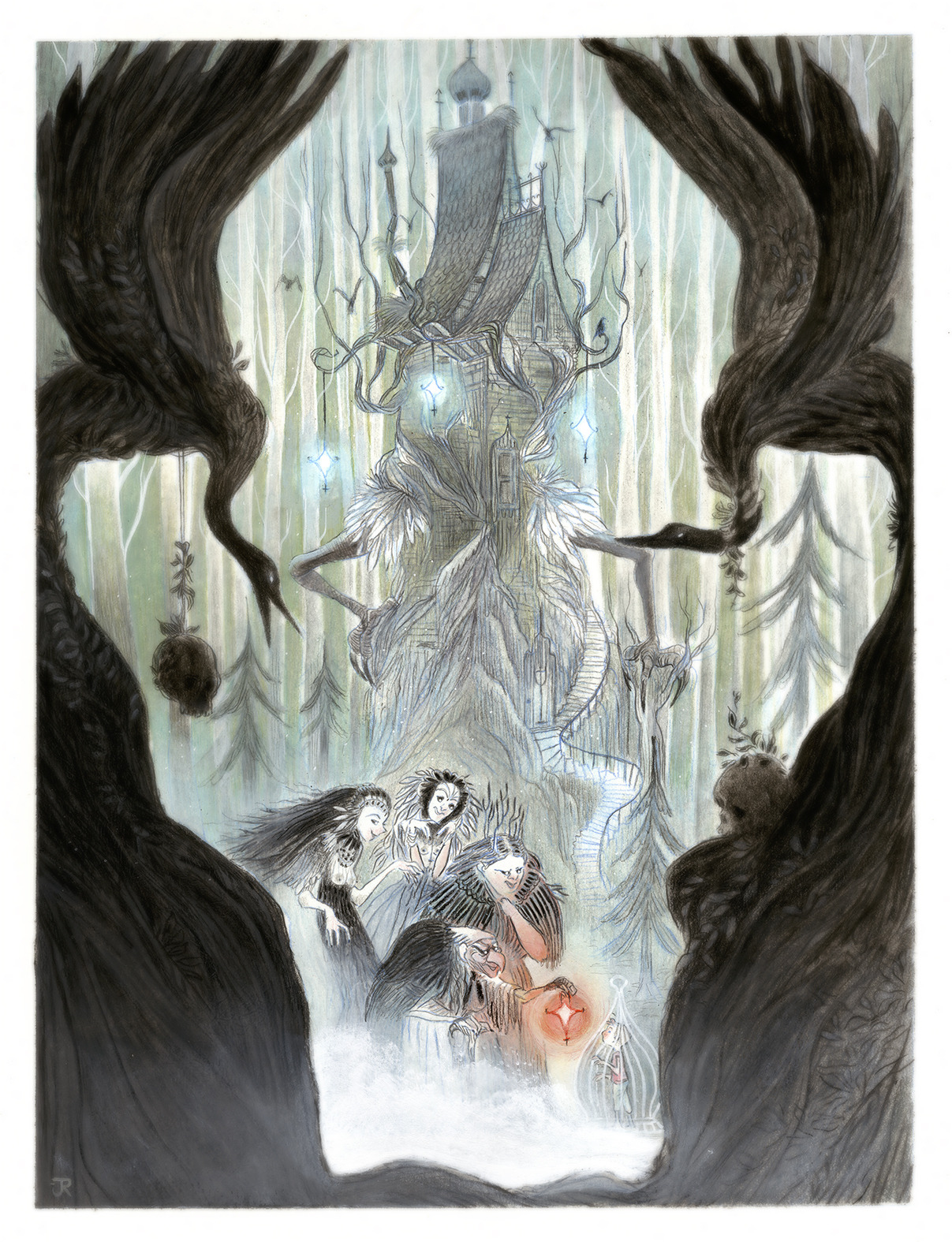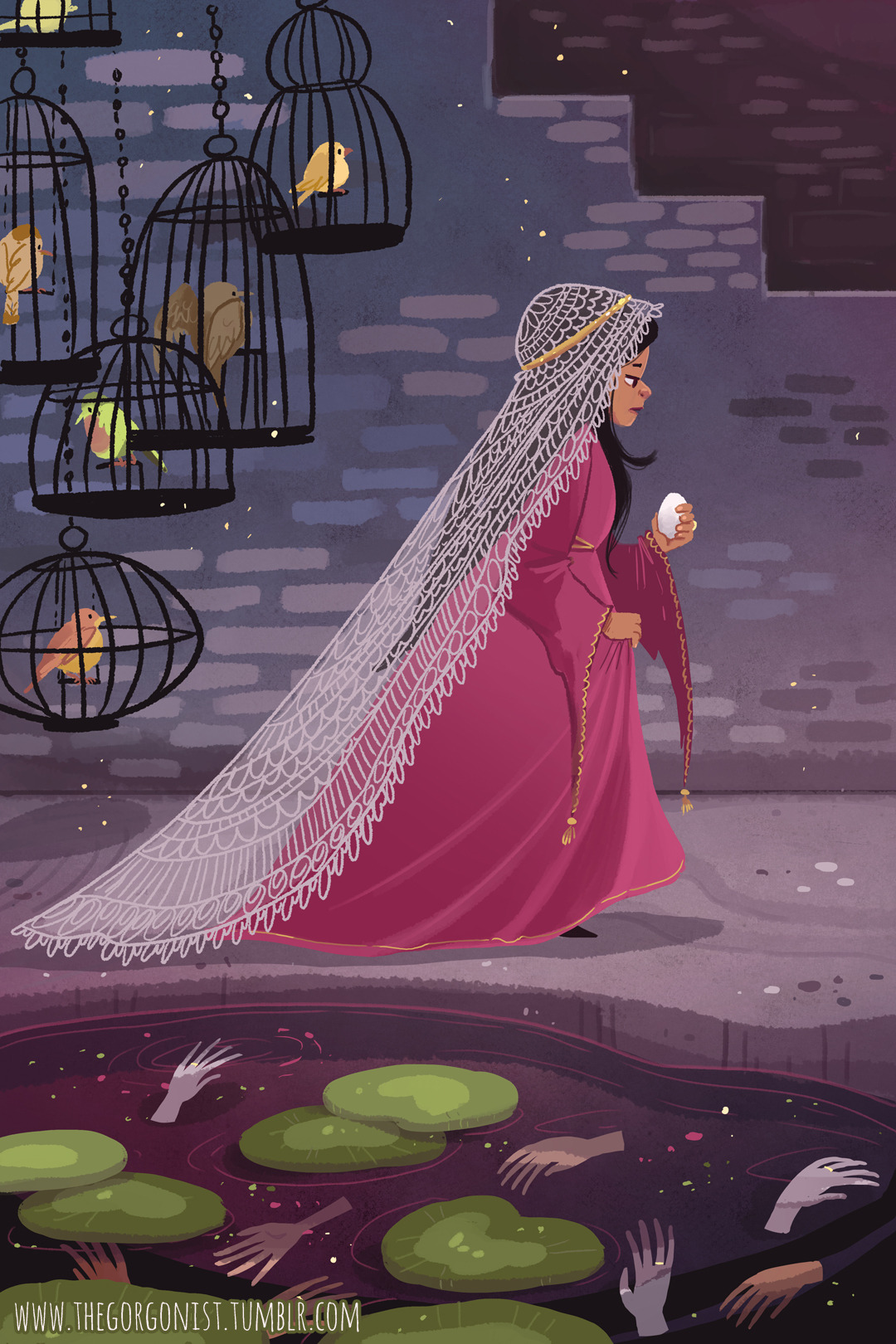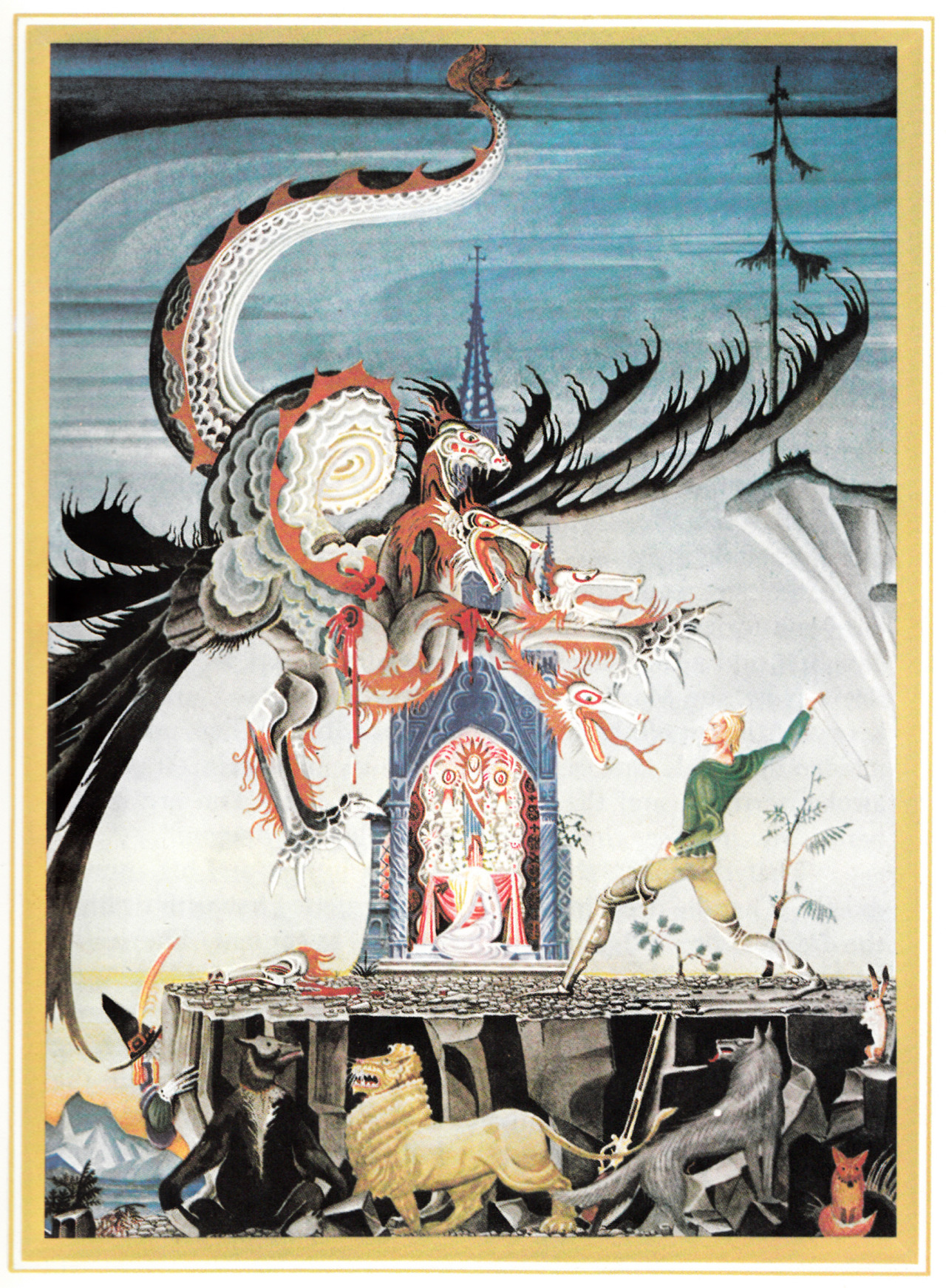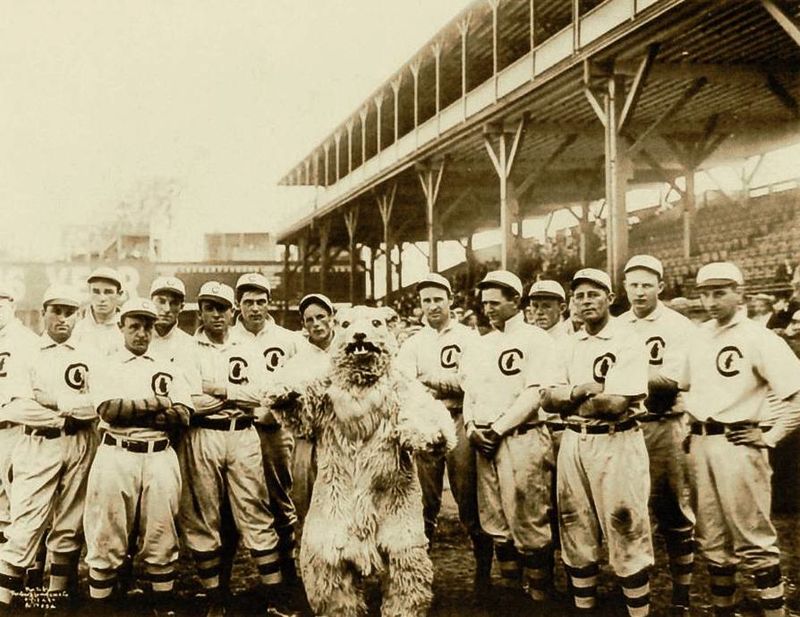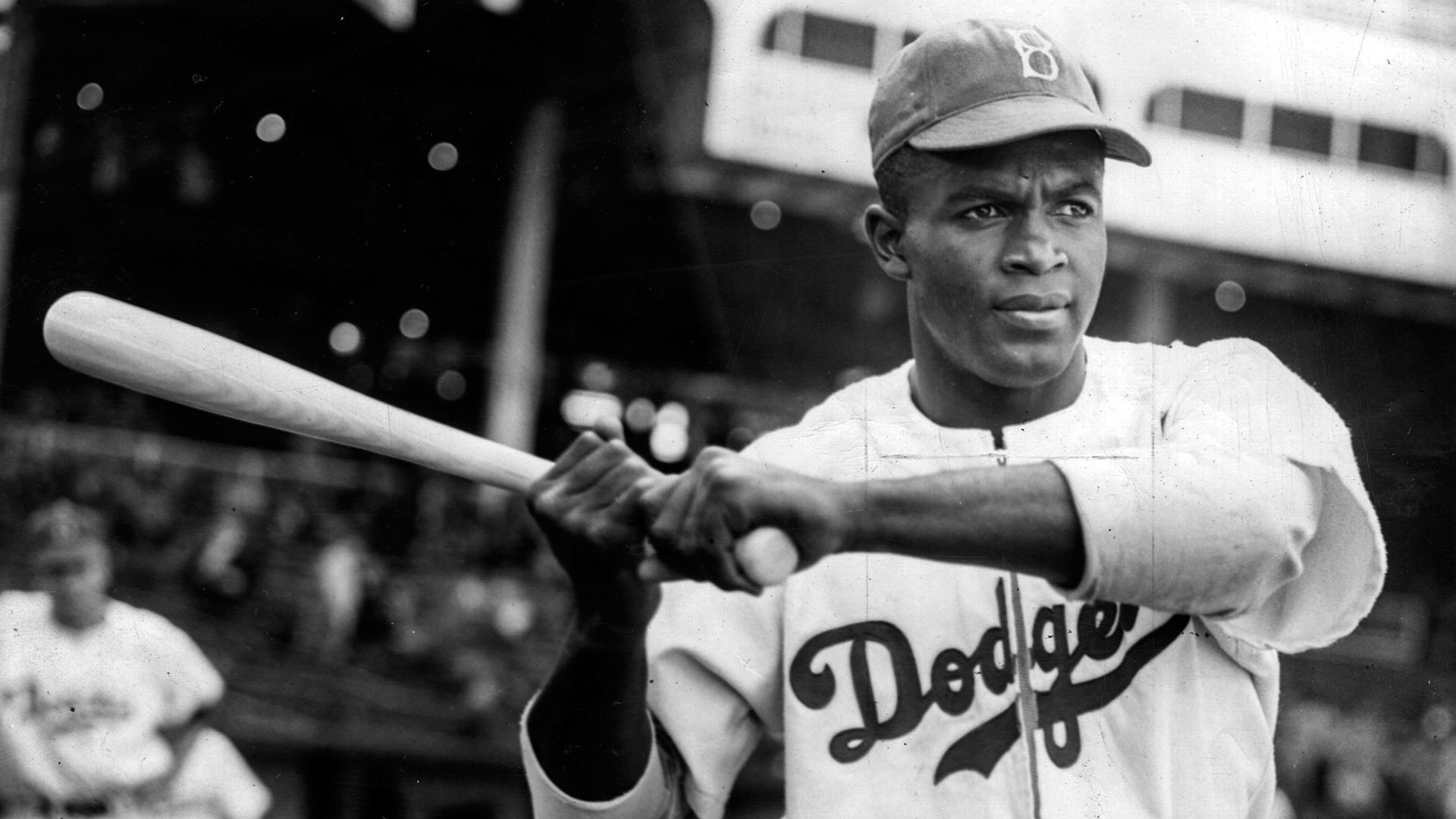"Once upon a time there lived a king and queen who were grieved, more grieved than words can tell, because they had no children...at last, however, the queen found that her wishes were fulfilled."
So begins Perrault's "
The Sleeping Beauty in the Wood," which is similar to many folktales out there that begin with the desire for children. (In fact, not too long ago there was a great blog post on The Bone Lantern on
Fairy Tales & Fertility).
Margaret Tarrant
Well...Tony and I are very pleased to announce that the Kingdom of Tales of Faerie will be getting a little bit bigger this winter-we will be welcoming a new little Prince or Princess in late February! We're thrilled, and maybe a little bit terrified, and all of those accompanying emotions when a little person is going to be joining your family for the first time!
So, what will this mean for the blog? You may have already noticed I've been posting a bit less this summer-I've been dealing with fatigue and the awfulness that is morning sickness, so it's been harder to get around to everything I'd like to. Plus, now a good chunk of my reading is taken up by learning about pregnancy and birth and not as much fairy tale focused. (And I do try to prioritize some amount of reading just for fun.)
I do hope to keep Tales of Faerie as part of my life, even if posts come much less frequently in the future. There will probably be a shift in content too-more sharing of picture books and things like fairy tale themed nursery ideas, while other things may take a backseat-I tried reading "
The Book of Lost Things" by John Connolly, and after about 2 pages I realized, I'm just too hormonal to read a really sad, dark book about a young boy. (But it does come highly recommended, by my English teacher brother in law, if any of you is up for a dark book that involves fairy tale characters!) I usually love a good creepy look at fairy tales, but right now I'm reading fairy tales for comfort.
But in case anyone is wondering-the due date is February 25; we do plan on finding out the gender, but won't be able to until October (and I'm not sure when I'll reveal it here). And, we are definitely NOT having twins ;)
Also I just have to share this: as most of you probably know, "Beauty and the Beast" is my all time favorite fairy tale, and I always loved Disney's Belle. After I told the news to some friends of mine, a young woman who I used to babysit drew this for me:
IT'S BELLE HOLDING A BABY









